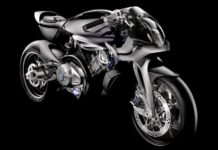While Porsche is best-known for its uniquely engineered, premium-level road models and succession of dominant racing cars, the marque’s true defining characteristic is its quest for constant and never-ending progress and improvement. That tradition is particularly evident when looking back at the production history of the original design that established the legend—the Type 356. Joining Mecum for its return to Monterey this August 17-19 for its annual Daytime Auction, the Veloce, Schnell & Fast Sports Car Collection is set to serve up an impressive timeline of Porsche development, one that is sure to capture the hearts of Porschephiles.
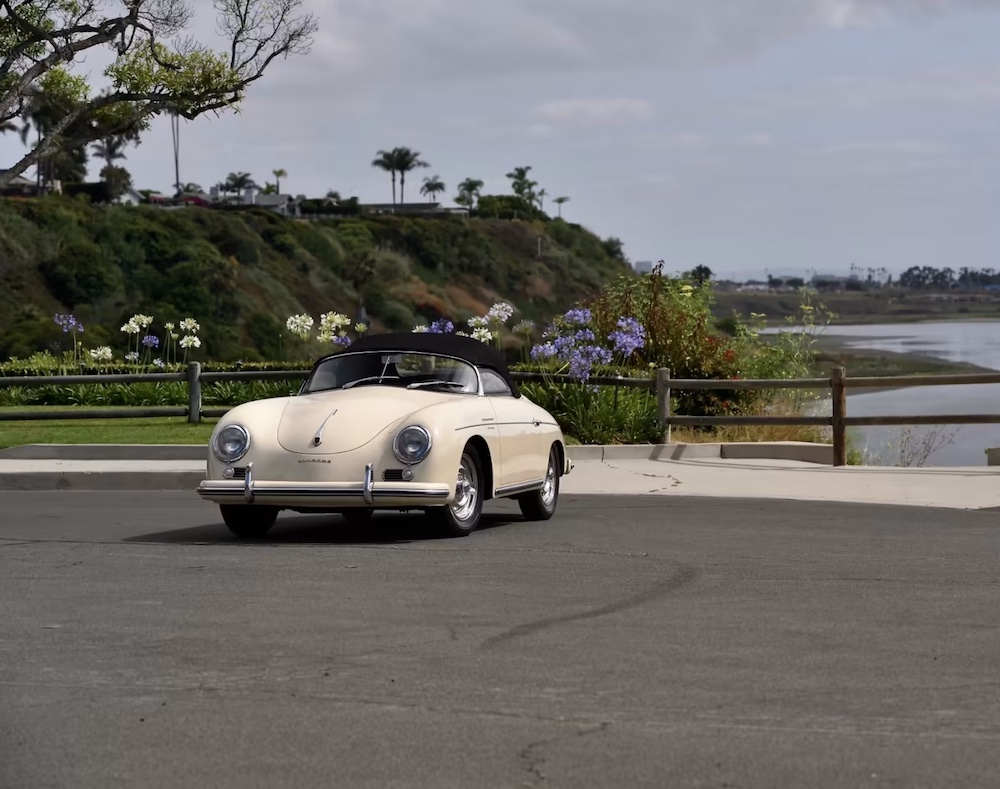
The first automobile line to actually bear the Porsche name, the 356 arose from the ashes of World War II in Europe, when the Porsche Design Bureau relocated to Austria. Designed and developed under Ferdinand Porsche’s son Ferry, the original 356, designated 356/2, featured Volkswagen-sourced mechanicals and sleek, wind-cheating bodywork designed by longtime Porsche associate Erwin Komenda. Constructed in an abandoned sawmill in Gmünd, Austria, the 356 debuted to great anticipation. Proving the soundness of their unconventional design, 356s went on to win the German Sports Car Championship for an astounding six consecutive years from 1950 to 1955, a fruitful era that included two back-to-back class wins at the 1950 and 1951 editions of the legendary 24 Hours of Le Mans, an event that would include many more Porsche victories throughout the following decades.
Observing Porsche’s competition focus, the exotic four-cam Carrera debuted alongside the comprehensively revised Porsche 356A at Frankfurt in the fall of 1955 and demonstrated the lengths the company would take to win, regardless of the cost. Engineered by Ernst Fuhrmann, the Type 547/1 Carrera powerplant was a tour de force displacing 1498cc and featuring a complex roller-bearing crankshaft and dual carburetors. So powered, the Carrera was aptly described by Porsche author Karl Ludvigsen as “… instrumental in adapting the auto that started out with forty horsepower to a power level that was two-and-a-half times higher.”
Available as a coupe, cabriolet or elemental Speedster, Porsche’s 356A Carrera was built with 1500cc and 1600cc engines from 1955 until 1959, including the 356A Carrera GS Speedster from the Veloce, Schnell & Fast Sports Car Collection. According to marque experts, approximately 700 Carreras were built in all, including only some 260 examples of the 356A.
Based largely on the ultra-rare Gläser-built 356 America of 1953 and even retaining its Type 540 internal designation, Porsche’s Reutter-built Speedster debuted in 1954 and remains an enduring legend among Porsche fans today. In the background, the Speedster owes much of its existence to renowned U.S. importer Max Hoffman, who understood the needs of the buoyant American market and convinced his European partners to build specific models to meet them. Built to a sub-$3,000 price and equipped with only the bare necessities, the Speedster offered its buyers an economical and elemental but characteristically “Porsche” driving experience. Along with the other 356-based Porsche models, the Speedster was soon offered in improved 356A form and upgraded with a 1.6L engine. Thanks to light weight and consequently sharper acceleration, braking and handling, the Speedster earned a formidable reputation on American race tracks, and its avant-garde image remains enticing today.
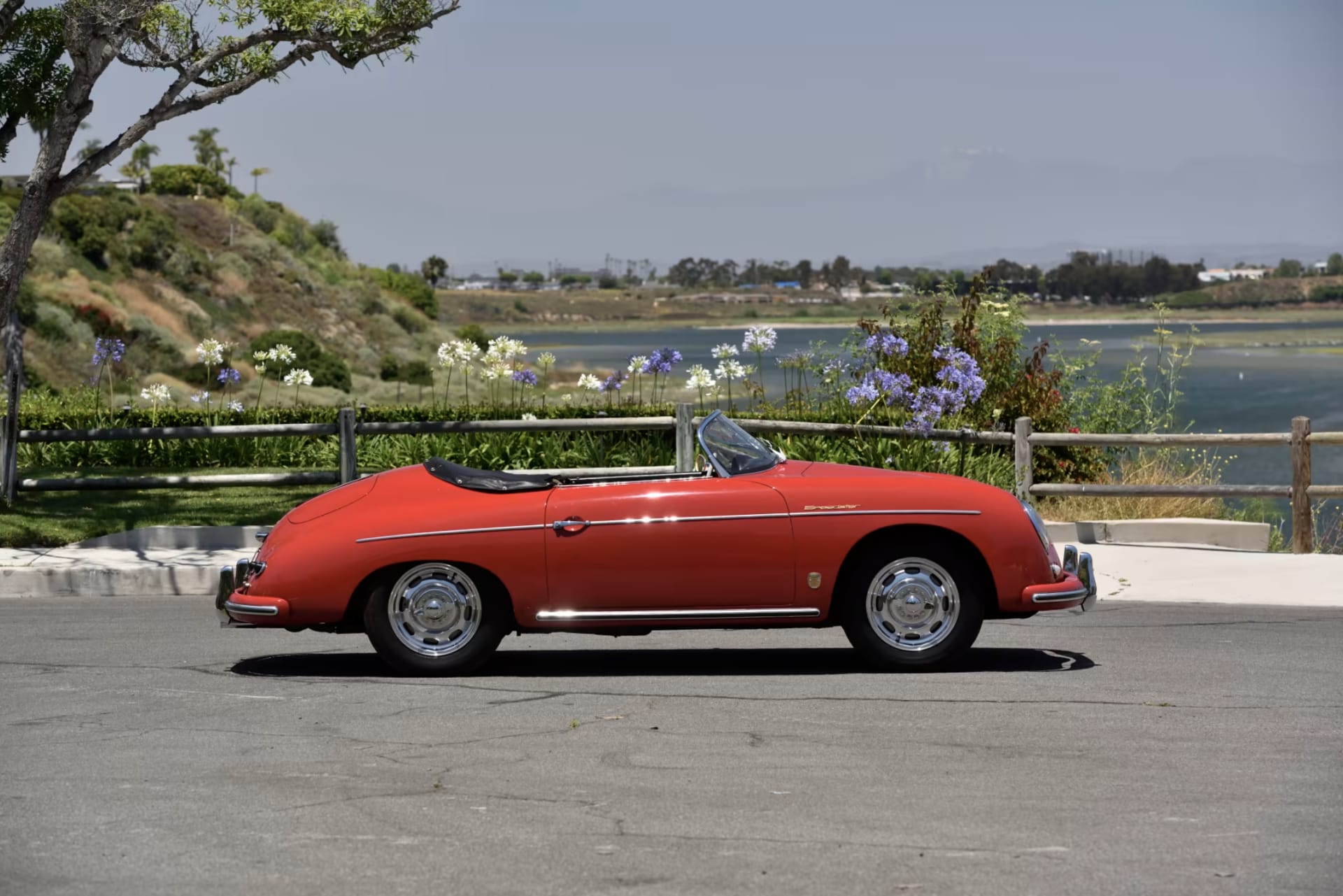
Offered after more than 30 single-owner years, the collection’s 1600cc 356A Speedster from 1956 retains its originally specified color combination of Rot (red) with Leder Schwarz (black leather) upholstery. Interestingly, the original owner was West Coast SCCA racer Jack Brumby of Los Angeles, who drove a wide array of top European sports cars from 1953 through 1960.
Maturation of the 356 brought models with improved comfort and amenities, including the 356B Cabriolet, with bodies produced to exacting quality standards by Reutter in Stuttgart, Germany. In addition to the many improvements ushered in by Porsche’s new 356B models, introduced at Frankfurt in September 1959, the new internally designated T5 body design enhanced comfort and usability of the cornerstone Porsche series to new heights and ensured the car’s production longevity. The Veloce, Schnell & Fast Sports Cars Collection offers two of the 356B Cabriolets, one a T5 body-design 1960 example and the other a 1962 example with the 1600cc flat 4-cylinder engine.
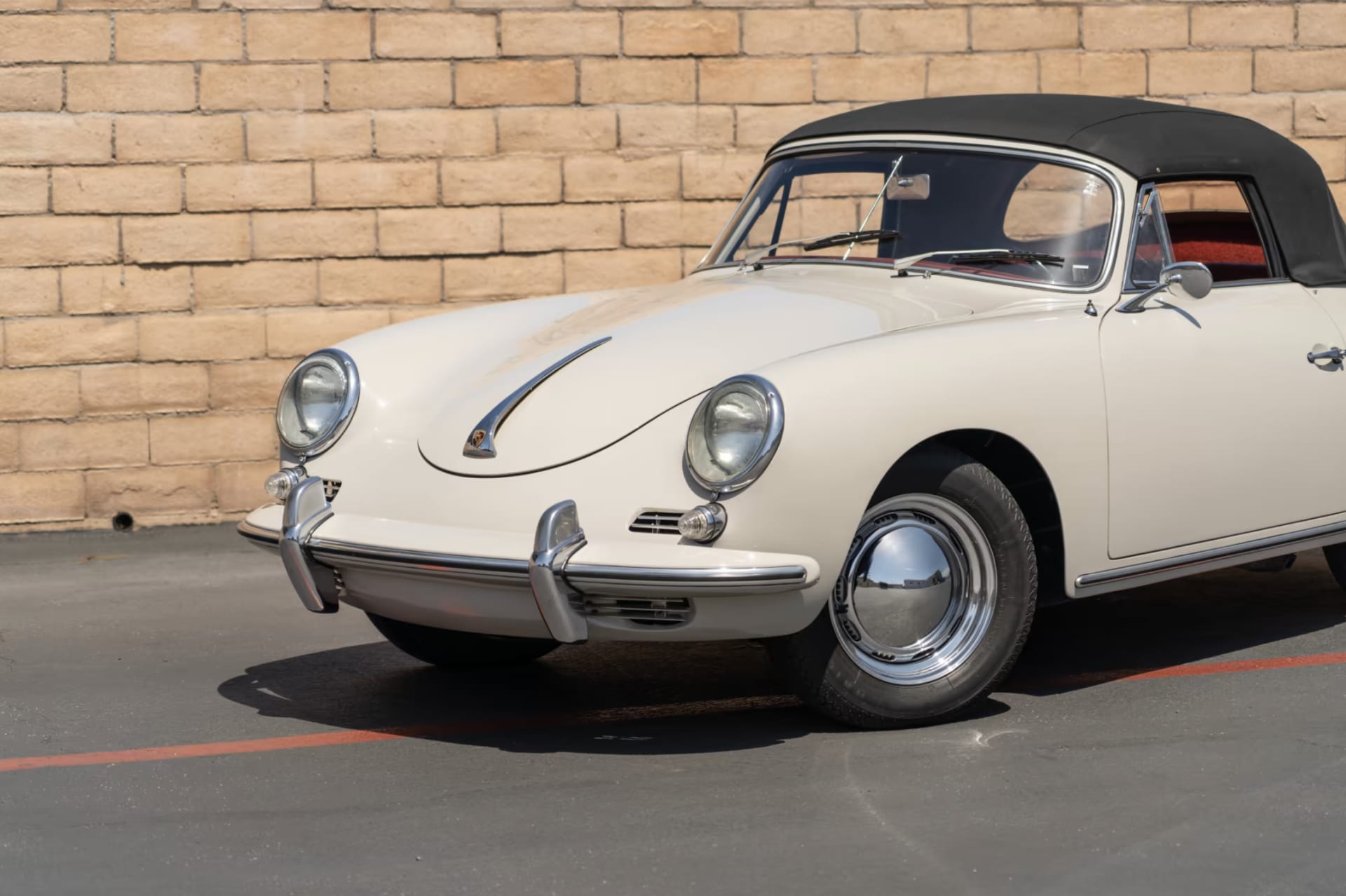
Ferry Porsche expressed the new models best in Christophorus, Porsche’s official magazine, by stating “When we do change something, we don’t just make small alterations, following the dictates of fashion.” Famed American automotive journalist Ken W. Purdy agreed wholeheartedly when he stated that, “Driving a Porsche, you can, with small effort, believe that the seat of your trousers is part of the automobile.”
The 356 Speedster reigns among the most valuable classic Porsches today; however, its spartan nature spurred customer demand for a more fully equipped open model, resulting in the Drauz-built Convertible D in the summer of 1958. Essentially a second-generation—but more-comfortable and better-equipped—Speedster, it was succeeded for 1960 and 1961 by the D’Ieteren-built 356B Roadster, initially with the T5 and later T6 body styles. Featuring significantly improved headroom with a higher-profile roof and windshield than the Speedster, the Roadster also included roll-up windows, more complete interior trim and better seats, similar to those of the 356B Coupe.

According to Porsche authorities, D’Ieteren built 2,653 Roadsters for 1960 and 1961, followed by another 200 for 1962 at its Brussels, Belgium, facilities, including this collection’s compelling red and black example powered by the 90 HP Super 90 engine, the most-powerful pushrod-type engine Porsche offered at the time.
Representing the final type 356 evolution, the collection’s 1962 Porsche 356C Coupe is a first-year example sporting the T6 body design that continued through the end of production during 1965 in favor of the incoming 6-cylinder 911. Updates and improvements applied to the T6 body were numerous, considerably enhancing passenger comfort and the overall driving experience in many ways. In addition to its great looks and “end of line” cachet, this 356C also marks the historic first model year for standard Dunlop 4-wheel disc brakes from Porsche.
Marking one of the future directions for Porsche at the dawn of the 1970s, the 914 combined futuristic looks with a midmounted 4-cylinder engine, rear transaxle and Targa-style removable roof panel incorporating a sturdy safety bar. First sold as a 1970 model and developed in collaboration with Volkswagen, the 914 immediately earned accolades, including Motor Trend Car of the Year honors.
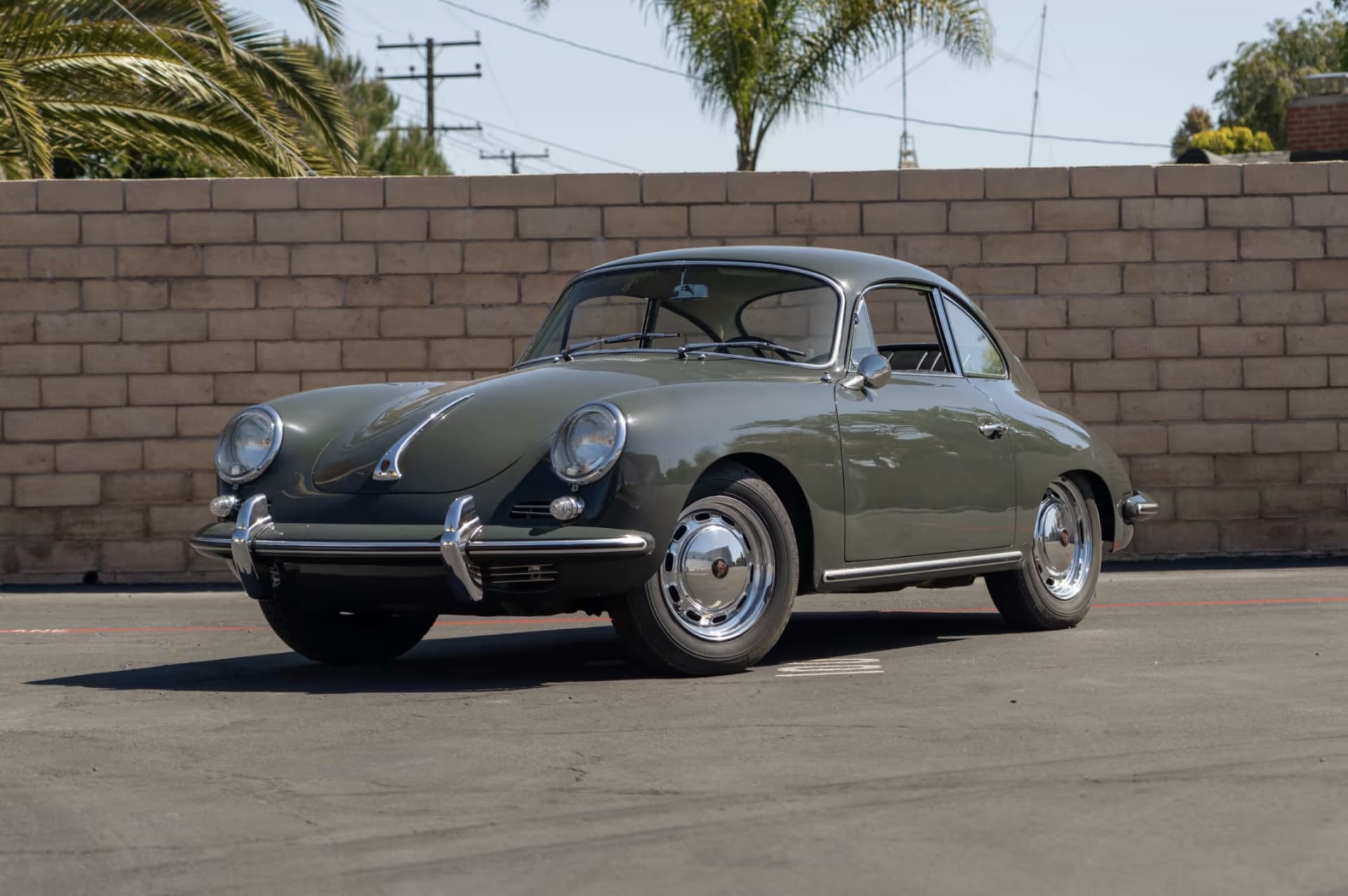
The 914-6 took the 914 concept to new levels with a 6-cylinder powerplant from the 911 T developing 100 HP, which of course responded phenomenally well to tuning and upgrades. Proof of the effectiveness of the 914-6 came quickly with the GT-class win and sixth overall at the 1970 24 Hours of Le Mans. Rare, as one of as few as 3,351 examples produced for 1970-72, this collection’s wonderful example (R537) shows just 34,420 miles on the odometer and has enjoyed more than 30 years of sole ownership within the Veloce, Schnell & Fast Sports Cars Collection.
Given Porsche’s rich history of survival, innovation and international racing glory, the Porsche selections from the wonderfully curated Veloce Schnell & Fast Sports Cars Collection set to join the Monterey lineup on Del Monte Golf Course at the Hyatt Regency Hotel and Spa this August are truly a sight to behold. From this special collection, these seven important examples of Porsche’s formative years obviously benefit from long-term care, and the fact that they aptly illustrate the significant evolutionary highlights in Porsche’s glorious past makes them all the more desirable.
OFFERED AUGUST 17-19 AT MONTEREY 2023
Report by David Neyens for mecum.com


